Canaima Lagoon, Venezuela
It was the second trip of AirPano to Venezuela, but this fact didn't make it easier. We chose not the best time for this journey: Venezuela is in the economical and social crisis. Our friends on hearing that we were going to this country tried to persuade us from doing that, some just thought we were crazy.
But we left a long transatlantic flight behind us, and an old Douglas was on its way to bring us to Canaima. There were not so many passengers — mainly us and our luggage that we couldn't put in a baggage compartment.
Canaima is a national park in south-eastern Venezuela, a place almost cut off from the civilization. There are no roads leading to this place. The only way to get there is by air or by water. In the far distance, we could see the Lagoon of Canaima and table-top mountains called tepuis. And here we were!

We got off the plane, unloaded our luggage and put it in a lorry that cheerfully bounced on bumps and drove towards our lodge on the coast of the lagoon. At the entrance, we were welcomed by exotic parrots and a "friendly" domestic toucan that tried to tear a couple of my toes off as a gesture of friendship. The following day we were going to fly on a helicopter to Angel Falls; in the meantime, we wanted to have some rest after a long trip.
The first news was not the good one: the helicopter broke down and needed to be repaired, so we had to put off our flight. Thus we decided to spend this day taking pictures of the lagoon.
Being surrounded by beautiful beaches and waterfalls, the Lagoon of Canaima is extremely picturesque. The most full-flowing waterfalls are Hacha, Golondrina and Ucaima, the smaller waterfalls are Sapito and Sapo, and there is also one big rapid called Ara.

Accompanied by our guide Nicolas and an Indian boatman, we headed for Hacha Falls located on the opposite side of the lagoon. The falling water hides a tunnel stretching through the whole width of the waterfall. At first, we felt a little uneasy: we couldn't see anything behind this shade of water and had to step into the unknown. But as soon as we got through the water-wall, we found ourselves in a humid cave vegetated with lianas. Surprisingly, there was enough light inside this grotto: the sun was breaking through the splashes, the sunbeams were playing on the walls. Good that we had some plastic bags and hid our cameras in them! The water flowed from everywhere, it seemed that the splashes flew not only from above but from every single side. Although it was rather difficult to photograph inside this cave, we definitely had to make an attempt.
Depending on the thickness of the flow, the water was changing its colour: the right side of the waterfall was almost transparent and the blue sky could be seen. The left side was much denser and featured different shades of orange. There was so much water that the roar created by it deafened our voices, small splashes were twisting in the air. We seemed to have spent a lot of time on the other side of the waterfall until we went back through the flow and again could see the sunshine. Our next task was to capture the waterfall from above, so we began climbing a steep slope.

Having overcome a slippery and damp ascent covered by lianas and roots, we climbed a stony flat rock. It was a good place overlooking the whole lagoon and the waterfall. Stas launched our drone and we made several approaches at different altitudes, sometimes lowering the drone almost to the edge of the water. Mighty flows were breaking into splashes and creating beautiful rainbows.

In the meanwhile, the sun was getting down and Nicolas warned us, "Get ready for the coming of our little friends". He saw our bewilderment and explained with a smile, "Puri-puri are going to appear. A kind of small gnats. Nasty insects. Bite a lot." We should say that mosquitoes in Canaima were not so aggressive, but as for puri-puri...

The sun nearly went down, and we still had to walk back to the boat. Again we passed the tunnel under the waterfall, had a shower, walked along the lane to the lagoon, and our wooden boat with a powerful engine was on its way to bring us back to the lodge. Due to the equatorial latitude, the night usually falls quickly, so we approached the quay already in the darkness. The wind was blowing through the palmtops, and the starry sky could be seen above them.

The next day we again failed to fly in a helicopter, so we decided to visit Hacha Falls once again and be better equipped for taking pictures inside the grotto. The water in the stream itself was rather warm, but the air in the cave didn't get enough sunlight to get thoroughly warmed, so a couple of times we went out to warm ourselves.
But the biggest problem was splashes of water: the lens filters got covered by drops in seconds. But the picture was truly fascinating and worth the attempts; I wiped the lenses with my wet sleeve and made shots again and again. At the same time, it was the only place where puri-puri couldn't get us!
It was only the following day that the helicopter was at our disposal and we finally could fly to the mighty Angel Falls. Flying over Hacha waterfall, we waved it like it was an old friend of ours.

Photos and text by Sergey Shandin and Stas Sedov
5 April 2017
Read more
Photogallery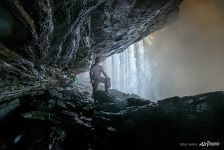 Inside the Hacha Waterfall
Inside the Hacha Waterfall
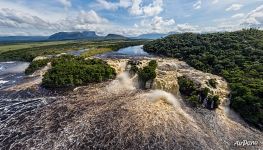 Ucaima Waterfall
Ucaima Waterfall
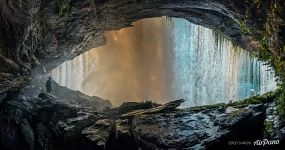 Inside the Hacha Waterfall
Inside the Hacha Waterfall
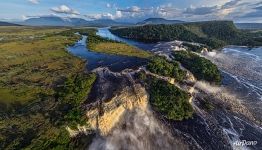 Canaima Lagoon from above
Canaima Lagoon from above
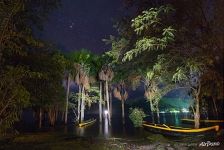 Canaima Lagoon at night
Canaima Lagoon at night
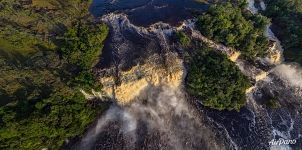 Above the Hacha Waterfall
Above the Hacha Waterfall
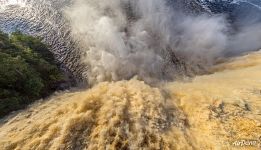 Above the Hacha Waterfall
Above the Hacha Waterfall
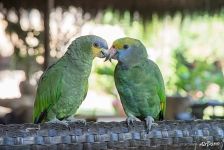 Parrots
Parrots
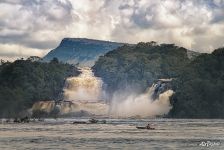 Ucaima Waterfall
Ucaima Waterfall
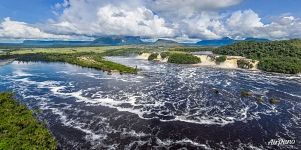 Canaima Lagoon
Canaima Lagoon
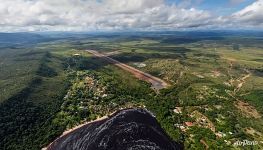 Bird's eye view of Canaima Lagoon
Bird's eye view of Canaima Lagoon
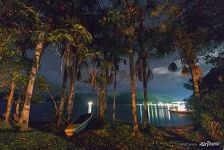 Canaima Lagoon at night
Canaima Lagoon at night

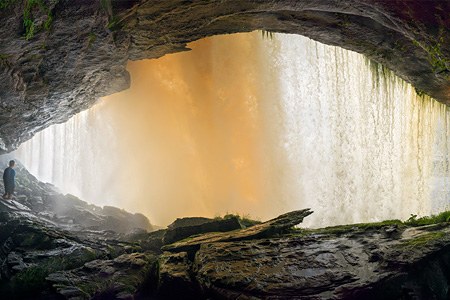

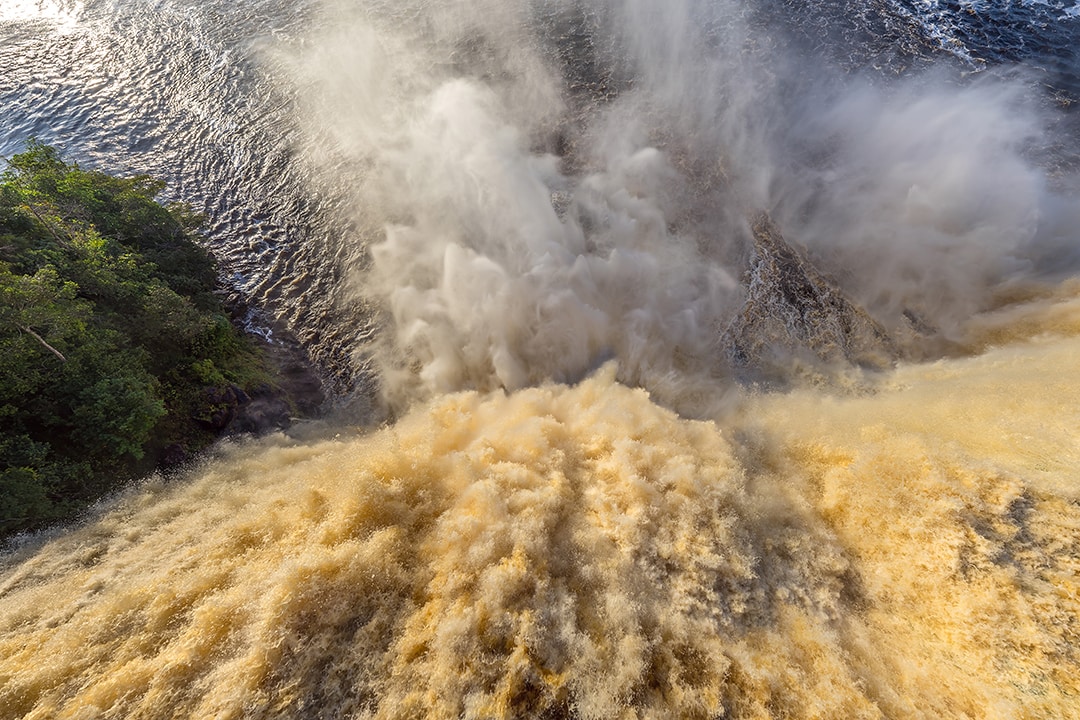

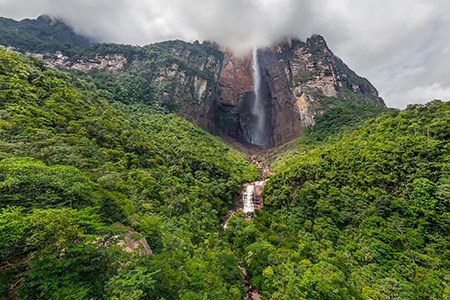

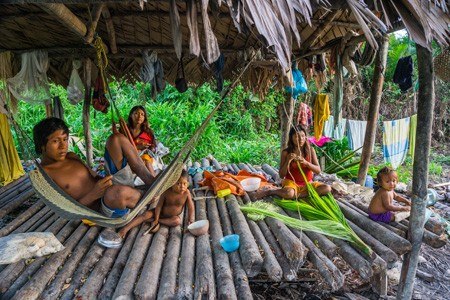

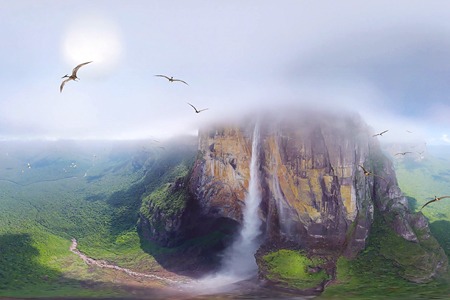

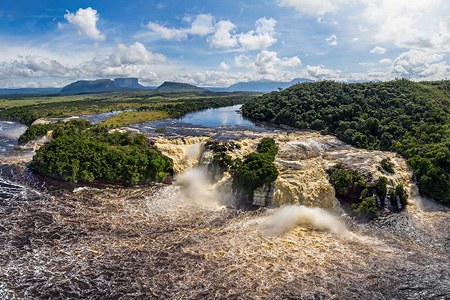
Virtual Travels in 360°
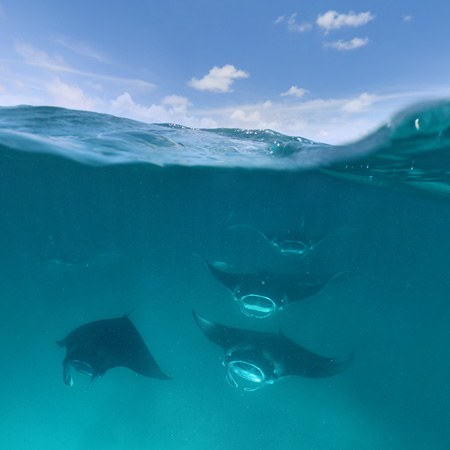 Manta Rays, Maldives
Manta Rays, Maldives
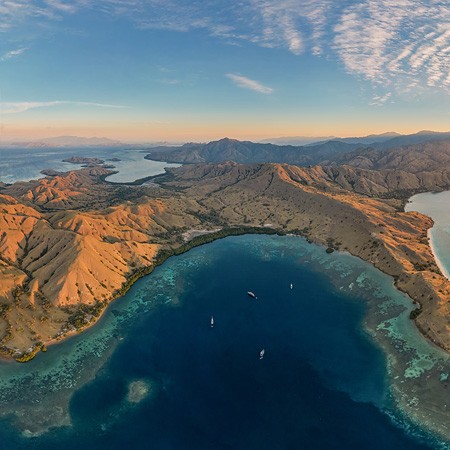 Komodo island, Indonesia
Komodo island, Indonesia
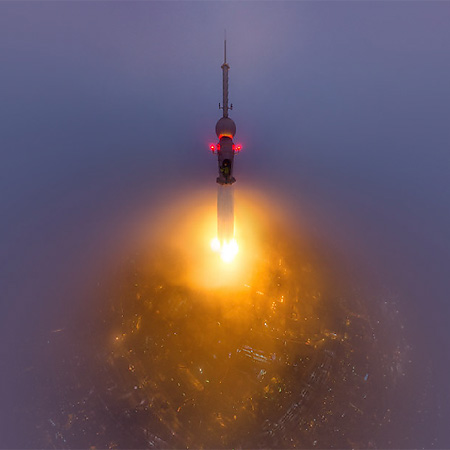 Soyuz-AirPano rocket launch
Soyuz-AirPano rocket launch
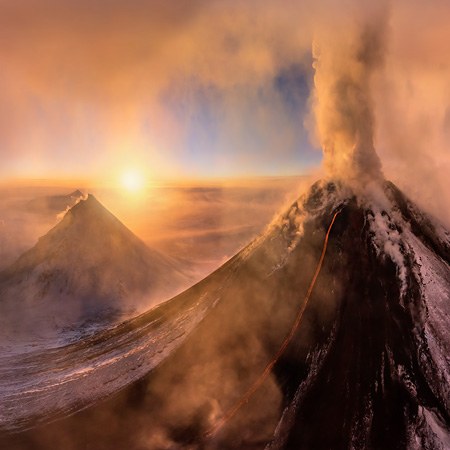 Volcano Klyuchevskaya Sopka, Kamchatka, Russia, 2015
Volcano Klyuchevskaya Sopka, Kamchatka, Russia, 2015
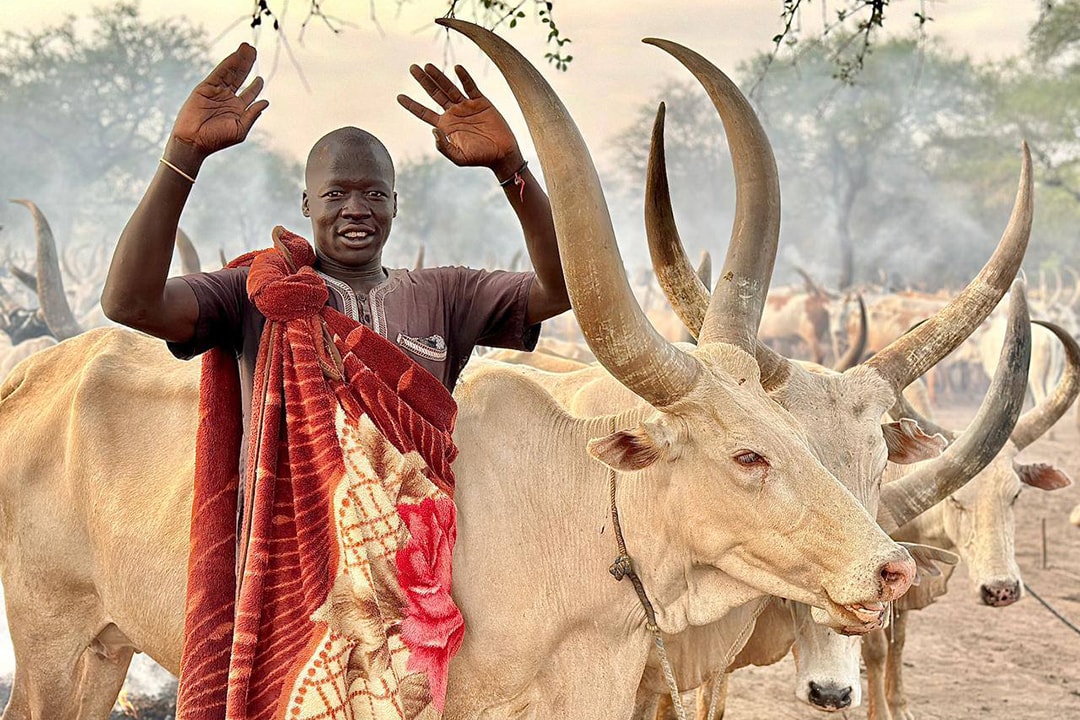 Tribes of South Sudan. Explore Africa in 360° VR. 4K teaser.
Tribes of South Sudan. Explore Africa in 360° VR. 4K teaser.
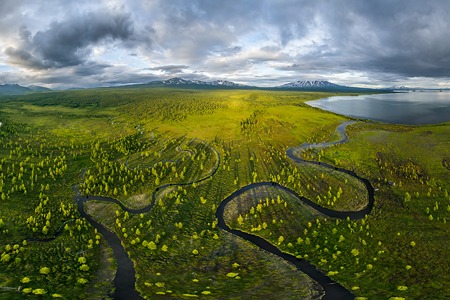 Kronotsky Nature Reserve, Kamchatka, Russia
Kronotsky Nature Reserve, Kamchatka, Russia
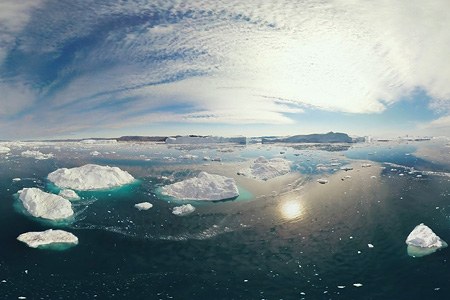 Icebergs of Greenland. Part VI
Icebergs of Greenland. Part VI
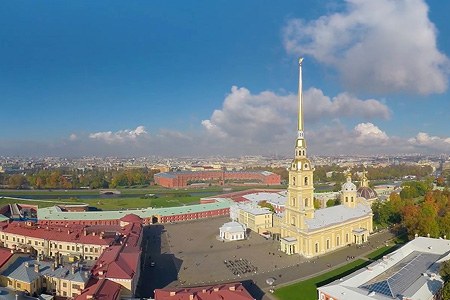 Peter and Paul fortress, Saint Petersburg, Russia
Peter and Paul fortress, Saint Petersburg, Russia
Show more


